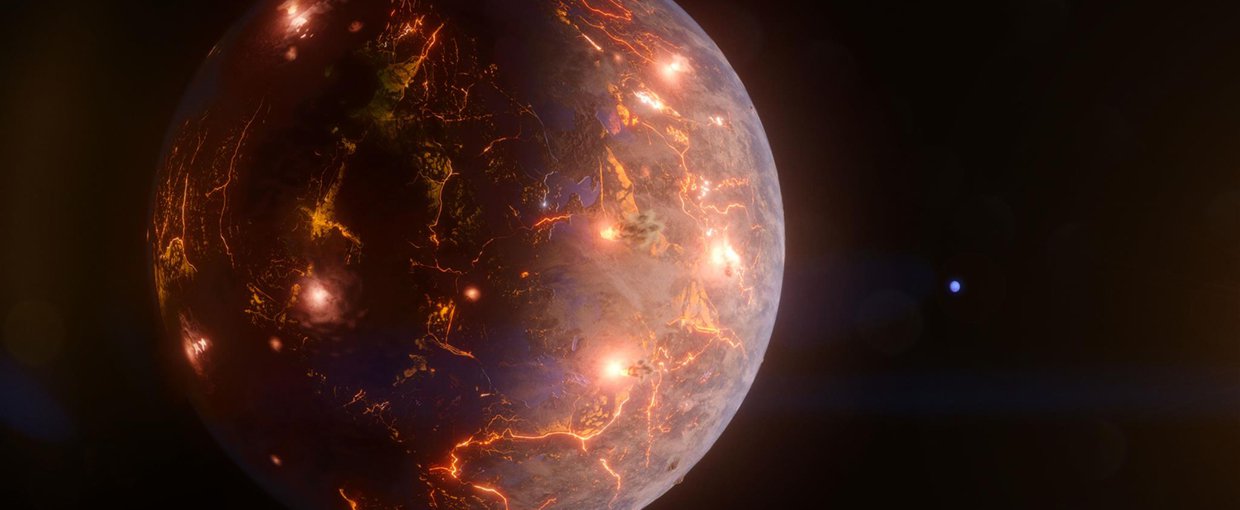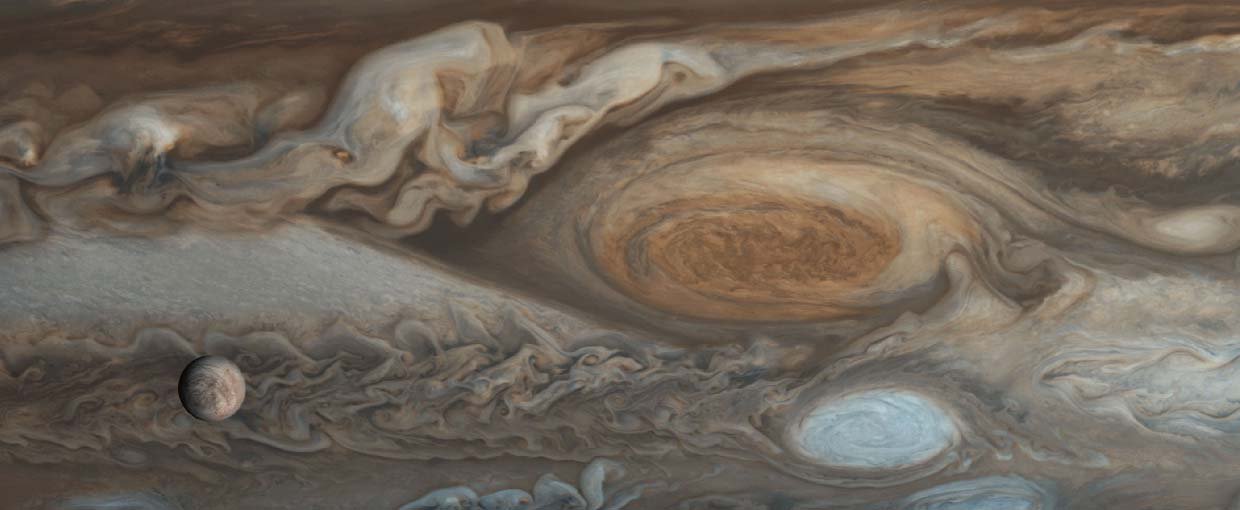Solomon, S. C. (2011). Physics Today, 64(1), 50. doi:10.1063/1.3541945
Trail, D., Thomas, J. B., & Watson, E. B. (2010). American Mineralogist, 96(1), 60–67. doi:10.2138/am.2011.3506
Weinberger, A. J., Becklin, E. E., Song, I., & Zuckerman, B. (2010). The Astrophysical Journal, 726(2), 72. doi:10.1088/0004-637x/726/2/72
Wolfe-Simon, F., Blum, J. S., Kulp, T. R., Gordon, G. W., Hoeft, S. E., Pett-Ridge, J., … Stolz, J. F. (2010). Science, 332(6034), 1163–1166. doi:10.1126/science.1197258
Parker, E. T., Cleaves, H. J., Callahan, M. P., Dworkin, J. P., Glavin, D. P., Lazcano, A., & Bada, J. L. (2010). Prebiotic Synthesis of Methionine and Other Sulfur-Containing Organic Compounds on the Primitive Earth: A Contemporary Reassessment Based on an Unpublished 1958 Stanley Miller Experiment. Origins of Life and Evolution of Biospheres, 41(3), 201–212. doi:10.1007/s11084-010-9228-8
Allen, M. A., Neilan, B. A., Burns, B. P., Jahnke, L. L., & Summons, R. E. (2010). Organic Geochemistry, 41(11), 1207–1218. doi:10.1016/j.orggeochem.2010.07.007
Barkay, T., Kritee, K., Boyd, E., & Geesey, G. (2010). Environmental Microbiology, 12(11), 2904–2917. doi:10.1111/j.1462-2920.2010.02260.x
Boss, A. P. (2010). The Astrophysical Journal, 725(2), L145–L149. doi:10.1088/2041-8205/725/2/l145
Braakman, R., Belloche, A., Blake, G. A., & Menten, K. M. (2010). The Astrophysical Journal, 724(2), 994–1005. doi:10.1088/0004-637x/724/2/994
Desch, S. J., Morris, M. A., Connolly, H. C., & Boss, A. P. (2010). The Astrophysical Journal, 725(1), 692–711. doi:10.1088/0004-637x/725/1/692



